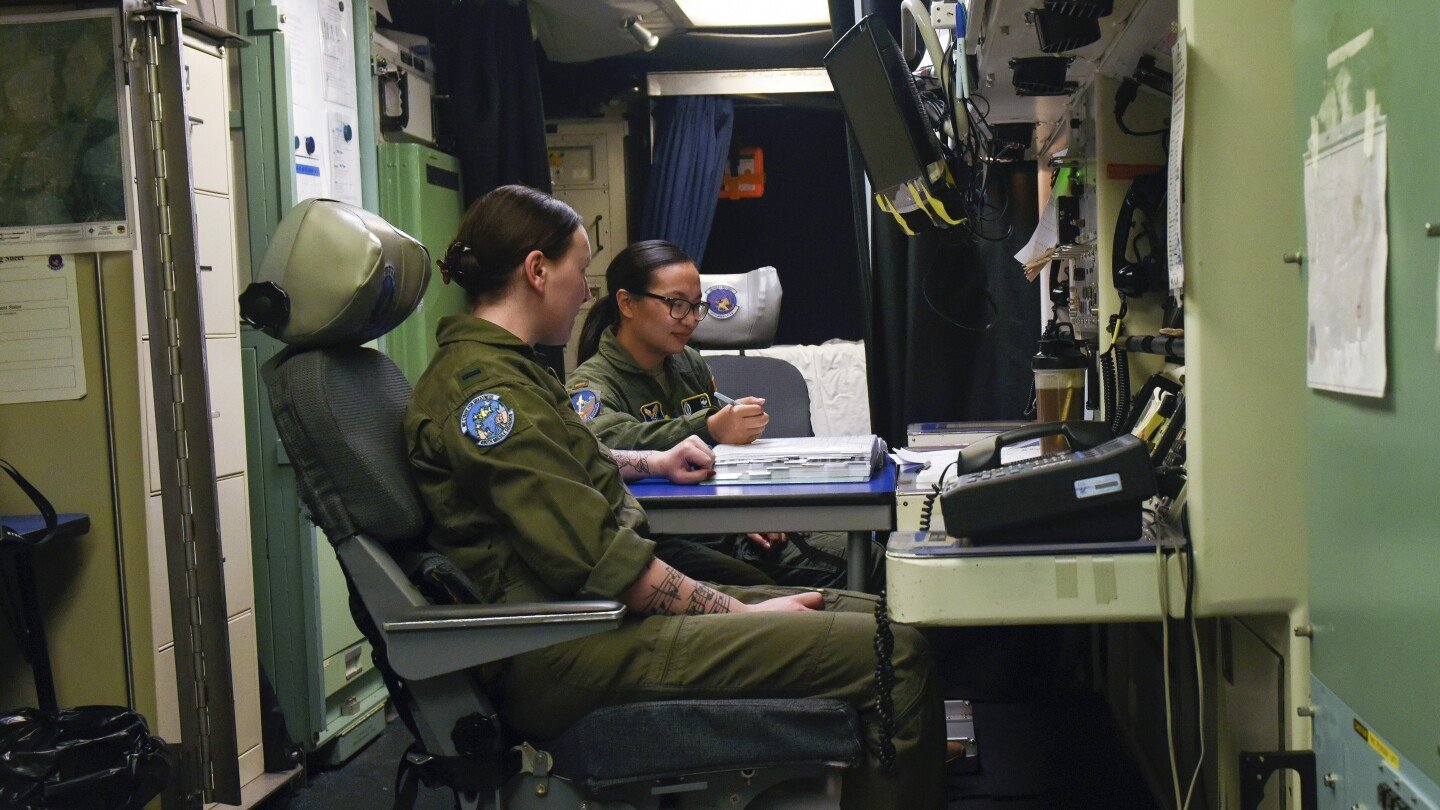A gigantic new ICBM will take US nuclear missiles out of the Cold War-era but add 21st-century risks::A new nuclear missile is coming, a gigantic ICBM called the Sentinel. It marks the largest cultural shift in 60 years in the land leg of the Air Force’s nuclear missile mission.
The fact that humanity needs the threat of nukes to maintain peace, says a lot of the disparity between the advancements of our technology and the limitations of our own primitive mentality.
I wish we were more like Star Fleet.
even in that world, humans still had to take things to the brink.
In order for Star Fleet to happen, we’d need WW3.
Why do you think WW3 would finally inspire us to stop killing eachother? What makes you think there will be anything left?
Haven’t you watched Star Trek first contact? They talked about WW3 destroying governments so Cochrane built a Star Ship from an old ICBM with warp drives. Once they go faster than light, Vulcuns visit us and boom… We’re a space exploring species. Peace ensues.
The one that Spock comes out of some kind of pod ?
No. First Contact was the Picard crew.
Yeah, but who was the first Vulcan that arrived on earth ? Wasn’t it spock?
T’Mir was in 1957.
deleted by creator
The three in FC were named T’Pau, Soval, and Solkar.
Oh good, we just have to rely on an alien intervention after we break the laws of physics in a controlled manner, in the aftermath of a devastating conflict.
Well I guess we have solved why the universe is silent. i.e no evidence yet of intelligent life
And in a billion years, we’ll all be gone anyway. None of this will matter. I wish we could enjoy it now while we’re here. Oh well.
Ain’t that the truth.
This is the best summary I could come up with:
Commanders hope the modernization of the Sentinel, and of the trucks, gear and living quarters, will help attract and retain young technology-minded service members who are now asked each day to find ways to keep a very old system running.
Nuclear modernization was delayed for years because the United States deferred spending on new missiles, bombers and submarines in order to support the post 9/11 wars overseas.
That is 80 years after the U.S. last used nuclear weapons in war, the bombs dropped on Hiroshima and Nagasaki in Japan, which killed an estimated 100,000 in an instant and likely tens of thousands more over time.
However, to provide defense in depth, we will have additional security measures at the boundary and inside the network, enabling our weapon system to operate effectively in a cyber-contested environment,” Clegg said.
Those who maintain the Minuteman III have tried over the years to bring in new technology to make maintenance more efficient, but they have found that sometimes the old manual way of tracking things — sometimes literally with a binder and pen — is better, especially in frigid temperatures.
Also, when maintenance crews at Malmstrom tested some radio frequency identification, or RFID, technology — think of how seaports track items inside cargo containers — it created security vulnerabilities.
The original article contains 1,253 words, the summary contains 215 words. Saved 83%. I’m a bot and I’m open source!







